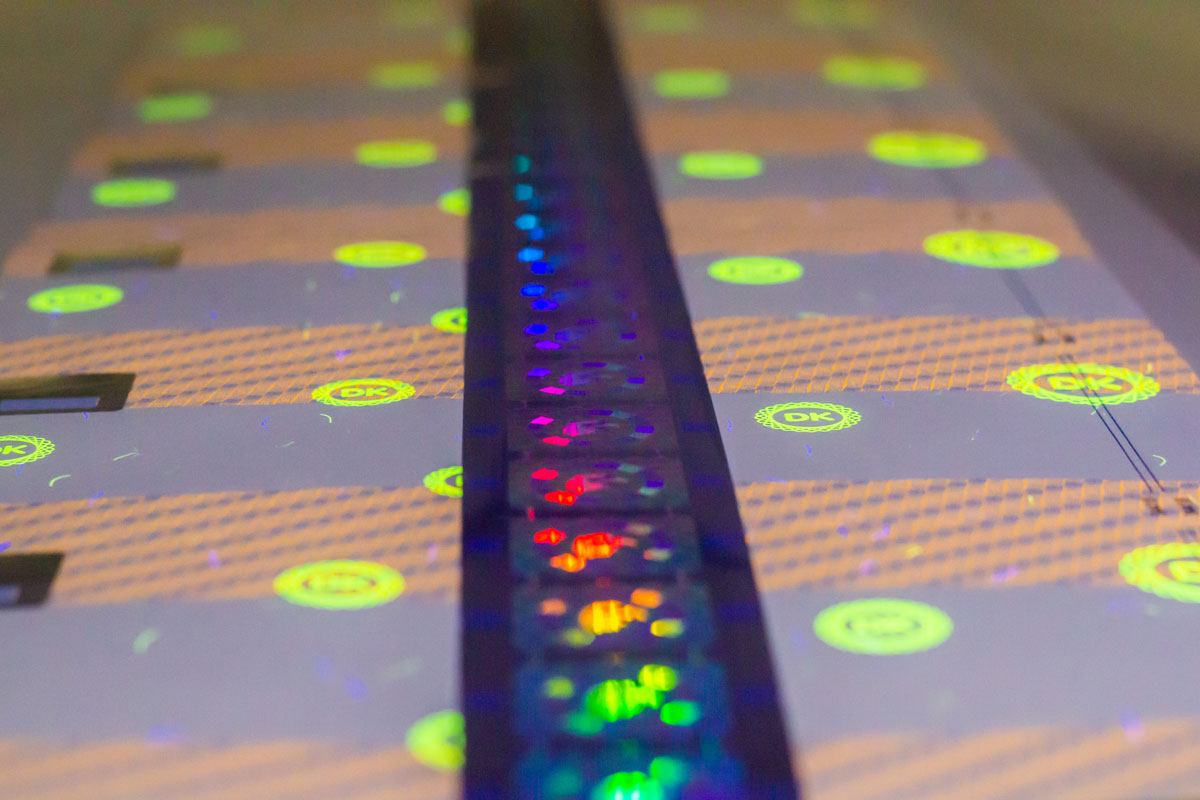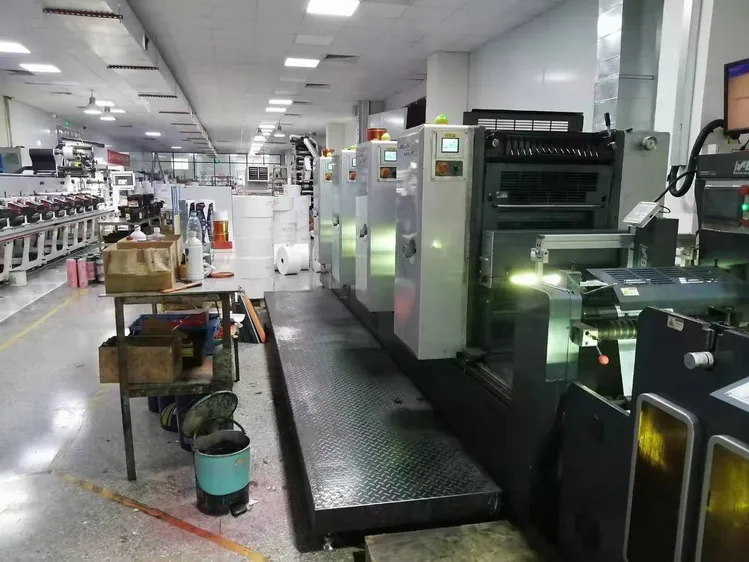The anti counterfeit printing market forecasts hold significant importance as businesses and governments strive to combat the rising tide of counterfeiting. In the early stages of the 21st century, the market for anti-counterfeit printing has evolved significantly, driven by technological advancements and a growing awareness of the detrimental impacts of counterfeit goods.

Understanding the Anti Counterfeit Printing Market
The anti counterfeit printing market encompasses a variety of technologies and methods designed to prevent counterfeiting and ensure the authenticity of products. These include security inks, holograms, watermarks, and other sophisticated printing techniques that make it difficult for counterfeiters to replicate genuine products.
Key Drivers of Market Growth
The increasing prevalence of counterfeit goods across various industries, including pharmaceuticals, electronics, and luxury goods, has propelled the demand for advanced anti-counterfeit solutions. Additionally, stringent government regulations and the need for brand protection further drive market growth.
Technological Innovations
Technological advancements are playing a crucial role in shaping the future of the anti counterfeit printing market. Innovations like RFID tags, QR codes, and blockchain technology are being integrated into printing solutions to enhance security and traceability.
Market Segmentation
The anti counterfeit printing market is segmented based on technology, application, and region. Understanding these segments is essential for stakeholders to make informed decisions and capitalize on market opportunities.
Technology-Based Segmentation
Technologies such as digital printing, offset printing, and flexographic printing are widely used in anti-counterfeit solutions. Each technology offers unique advantages, and businesses must choose the most suitable option based on their specific needs.
Application-Based Segmentation
The market is also segmented based on applications, including packaging, labels, and legal documents. The packaging segment, particularly in the food and beverage industry, is witnessing significant growth due to the increasing demand for product authenticity.
Regional Analysis
Geographically, the anti counterfeit printing market is divided into North America, Europe, Asia-Pacific, Latin America, and the Middle East & Africa. Each region presents unique opportunities and challenges for market players.
North America
North America holds a substantial share in the market due to the presence of key industry players and stringent regulations against counterfeiting. The region is expected to maintain its dominance throughout the forecast period.
Asia-Pacific
The Asia-Pacific region is anticipated to experience rapid growth, driven by the increasing adoption of anti-counterfeit technologies in emerging economies like China and India. The growing middle-class population and rising disposable incomes are contributing to the demand for authentic products.
Challenges and Opportunities
While the anti counterfeit printing market presents numerous opportunities, it also faces challenges such as the high cost of implementing advanced technologies and the continuous evolution of counterfeiting techniques.
Opportunities for Growth
Businesses can leverage the growing demand for sustainable and eco-friendly printing solutions to expand their market presence. Additionally, partnerships and collaborations with technology providers can facilitate the development of innovative solutions.
Future Outlook
The future of the anti counterfeit printing market looks promising, with continuous advancements in technology and increasing awareness about the importance of product authenticity. Stakeholders must remain vigilant and adapt to changing market dynamics to stay competitive.
Strategic Recommendations
To capitalize on market opportunities, businesses should invest in research and development, enhance their technological capabilities, and focus on customer-centric approaches. Building strong relationships with supply chain partners can also enhance market position.

FAQs
What are the key technologies used in anti counterfeit printing?
Key technologies include security inks, holograms, RFID tags, QR codes, and blockchain technology.
Which industries benefit most from anti counterfeit printing solutions?
Industries such as pharmaceuticals, electronics, and luxury goods benefit significantly from these solutions.
How does regional demand vary in the anti counterfeit printing market?
Regional demand varies based on factors such as economic development, regulatory frameworks, and consumer awareness.
For more insights on security printing techniques, visit Consumer Packaged Goods Anti-Counterfeiting Techniques. Additionally, explore real examples of security printing in action to understand its practical applications.
This article contains affiliate links. We may earn a commission at no extra cost to you.






